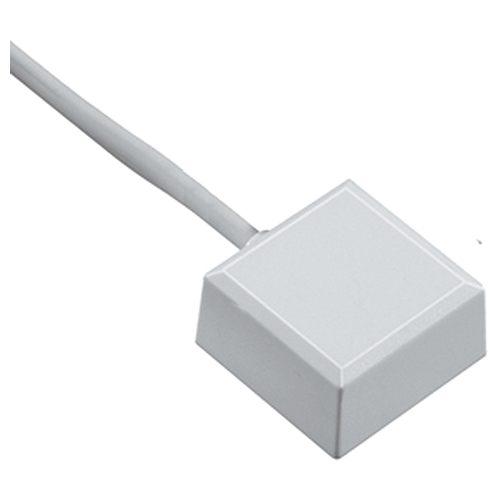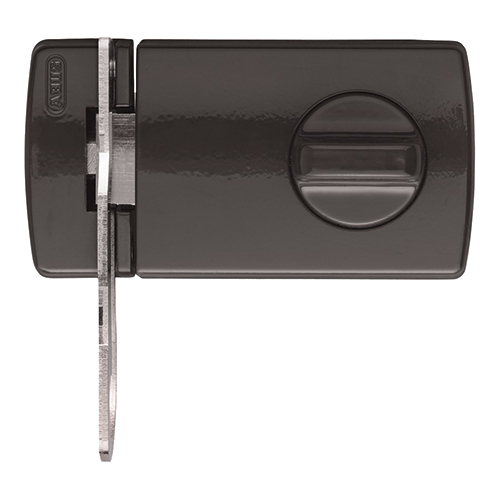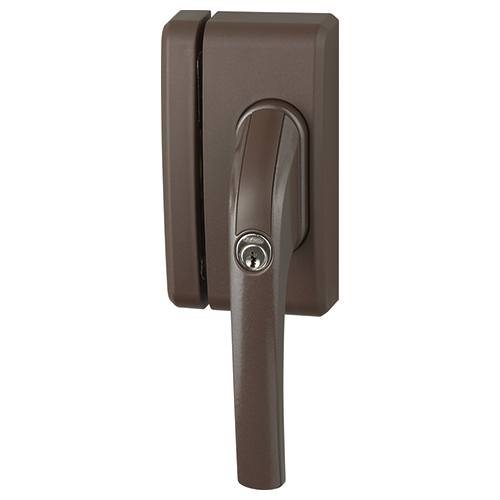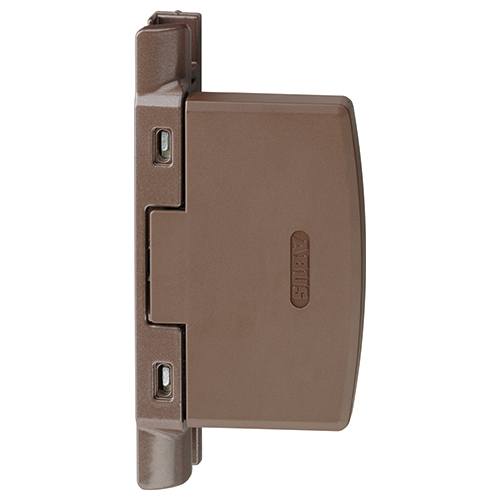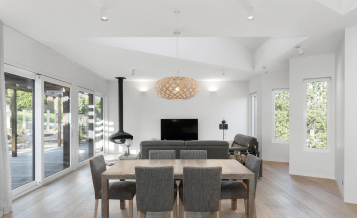That being said, the device covers an area of just 18 x 18 mm, making it so small that ordinary visitors will hardly notice it at all. The potential-free glass breakage detector is available in both brown and white to help it blend in with its surroundings. As a result, the ABUS device can easily be adapted to suit common frame colours. If you opt for neutral white, it will not clash with unusual facade colours, either.
Which glass surfaces can breakage detectors be mounted on?
In principle, a passive glass breakage detector can be mounted on any pane of glass. Nevertheless, three factors must be taken into account:
- A specialist should check whether the installation on your window and the connection to the alarm system has been properly carried out.
- Textured glass is the only type of glazing that detectors cannot reliably be attached to.
- False alarms may occur due to wind pressure if used on single panes on glass.
Anyone who pays attention to all of these three factors will find the ABUS potential-free breakage detector with a piezoelectric element to be an easy-to-use security device that provides reliable break-in protection. Simply mount the device on the glass in your window or door, connect it up to the alarm, and enjoy all the protection a sophisticated acoustic glass breakage detector can provide. Here at windows24.com, you can also find a wide variety of other accessories from such well-known manufacturers as ABUS alongside installation kits and every imaginable product related to windows and doors. And all that for affordable prices, too.
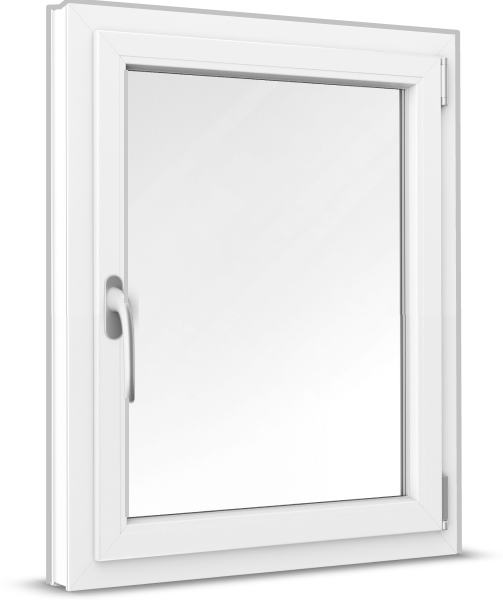 Windows
Windows
 Windows
Windows
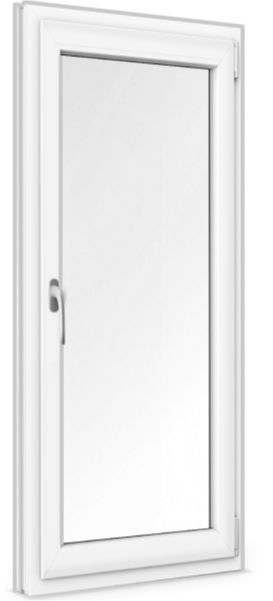 French Doors
French Doors
 French Doors
French Doors
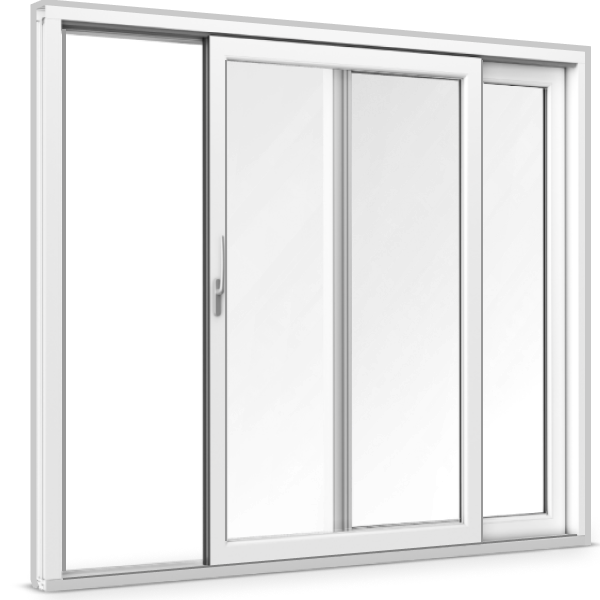 Patio Doors
Patio Doors
 Patio Doors
Patio Doors
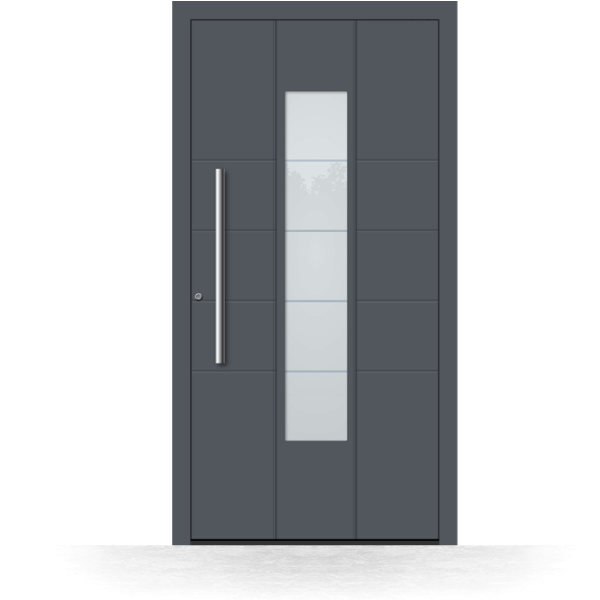 Front Doors
Front Doors
 Front Doors
Front Doors
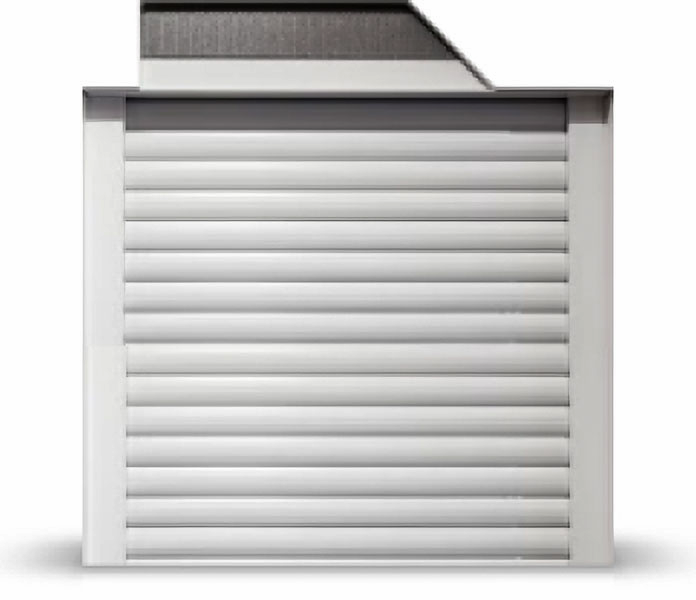 Roller Shutters
Roller Shutters
 Roller Shutters
Roller Shutters
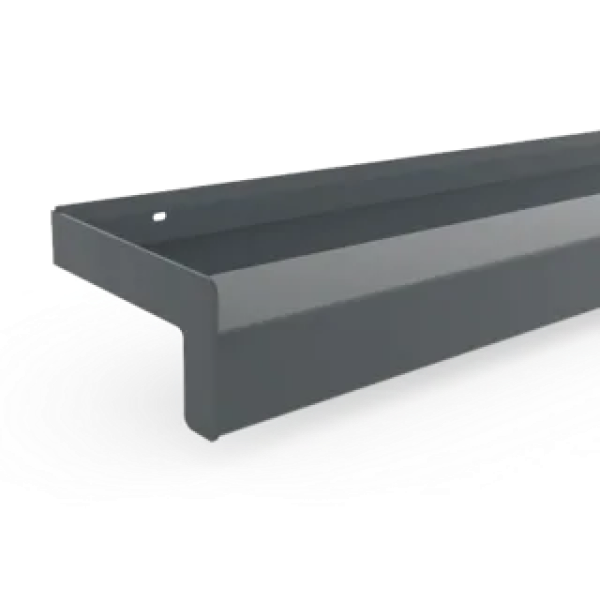 Window Sills
Window Sills
 Window Sills
Window Sills
